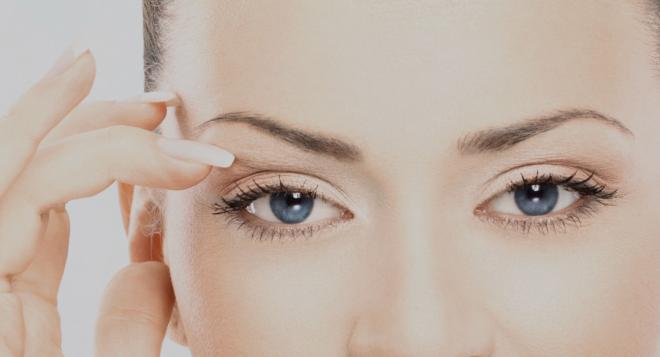
On the upper or lower eyelids, or on the inner eye, some people might develop small beige or yellow spots. These tiny marks are loaded with lipids and are also a sign of various disorders. These plaques are not considered pleasing to the eye, and it is now possible to treat them and return your eyes to their former glow.
What's a xanthelasma?
Xanthelasma is a skin disorder that causes yellowish or beige plaques to develop around the eyes. More precisely, these plaques grow around the inside of the eye contour, near where the nose meets, on both the upper and lower eyelids. Xanthelasma can spread to the entire eyelid.
These spots, as well as being unsightly, are also a sign of certain medical conditions. Plates are loaded with lipids, which can be a sign of elevated cholesterol in the body.
In addition, the presence of xanthelasma should be closely monitored, as it may be a sign of cardiovascular problems.
What are the causes of xanthelasma?
The presence of xanthelasma on the eyelids is mostly due to hypercholesterolemia. This skin disorder refers to people with high cholesterol. It is important to remember that high cholesterol is a relatively inherited disorder. This means that xanthelasma can have genetic components.
The main cause of xanthelasma is primarily related to the causes of high cholesterol, i.e. a diet high in fat, lipids or sugar, but also cigarettes, alcohol and general lifestyle.
The white blood cells in the blood digest foreign bodies, which in turn absorb fat (lipids). A ball of fat is developed, which sits under the skin around the eyelids.
What are the xanthelasma treatments?
Xanthelasmas are unflattering. These tiny patches are not the same color as the skin, they stick out and make your eyes look heavy.
However, cosmetic medicine makes it possible to remove xanthelasma from the eyelids.
The most popular approach is the treatment of xanthelasma with a CO2 laser. The purpose of the procedure is to project a beam of light onto the xanthelasma in order to resorb it. When the ray comes into contact with the skin, it causes a thermal reaction that burns away the fatty patch. The patient must wear an anti-UV mask to protect their eyes from harm.
Another technique that is just as powerful as a laser is Plexr® plasma energy, which eliminates xanthelasma by biostimulation of the epidermis and dermis.






















































